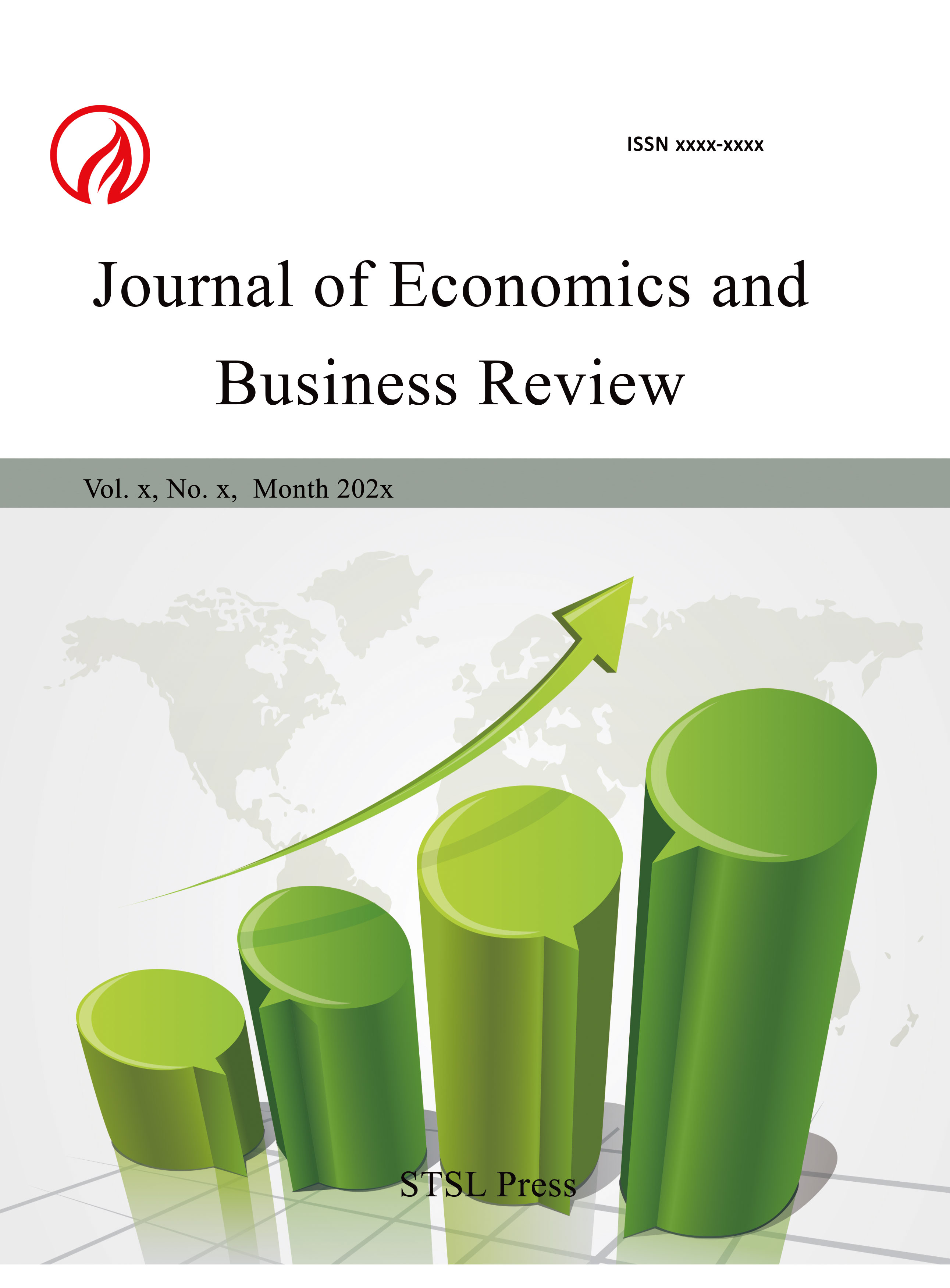Exit Scenarios from the CFA Franc Arrangement
Julius A. Agbor
Yollande Tankeu
Idrissa M. Ouedraogo
Abstract
The CFA Franc, a currency used in about 15 African countries, has long been the subject of controversies due to its historical ties to colonialism and its perceived constraints on economic sovereignty. This study explores the complex dynamics and considerations involved in transitioning from the century long arrangement to a better alternative that provides ample policy levers to help address the immense developmental challenges facing these economies. We have outlined three possible scenarios namely, the conservative, progressive and radical schools of thoughts for exiting from the CFA zone. The conservative scenario maintains the fixed exchange regime framework and can follow two routes: either maintaining the French Treasury or switching to the U.S. Federal Reserve as foreign nominal anchor. As discussed, the conservative scenario largely fails to provide enough policy levers to advance the development of CFA countries and thus represents a worse-case scenario. The radical scenario on its part, involves complete disintegration of the CFA zone and countries pursuing their independent national currencies. While potentially offering countries a full array of policy tools to effectively address their individual developmental challenges, it comes at a higher cost, in terms of the risks of mismanagement, undermines the benefits of regional economic integration and also runs contrary to the pan-African vision of a future continental trade and monetary union. In that sense, it constitutes a second-best scenario. The first-best scenario thus appears to be the progressive scenario whereby CFA countries strive in the first instance to achieve total monetary and financial independence from French monetary authorities (by implementing fully independent regional currency boards) and then progressively strive towards monetary union at the regional/continental level. This progressive strategy incrementally provides access to more development policy levers (fiscal, monetary, exchange rate, trade and industrial policies), regardless of whether those are implemented within the framework of sub-regional, regional or continental bodies. This paper advances the literature on CFA economies by taking the conversation beyond the merits and demerits of the existing framework to actually proposing best-case, second-best and worse-case scenarios of a possible exit. The strength of our contribution lies in the progressive transition—anchored in currency boards and regional cooperation—which seems the most viable strategy as it balances the need for monetary autonomy with stability, paving the way for eventual continental integration.
Paper:
pdf
DOI:
https://doi.org/10.71002/jebr.v2n3p1
 This work is licensed under a
Creative Commons Attribution 4.0 License.
This work is licensed under a
Creative Commons Attribution 4.0 License.
Contact us
- Helen Rane
- jebr@stslpress.org
